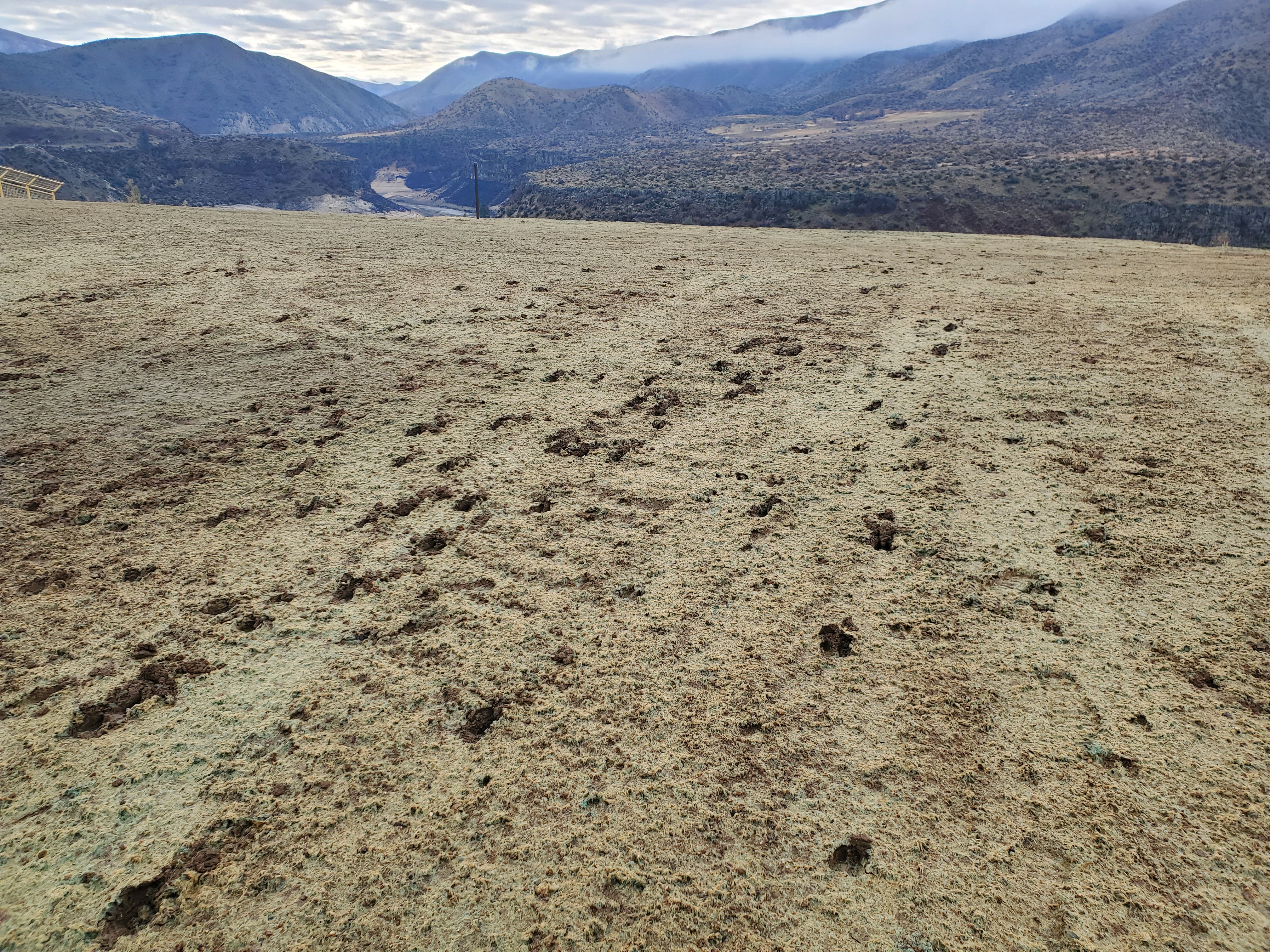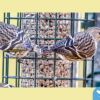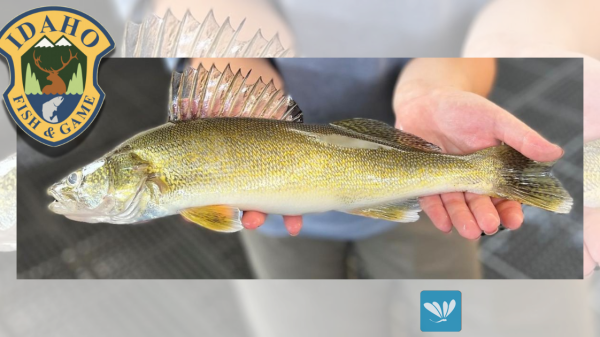Deer and elk are on the move as they head for winter range in Southwest Idaho, including the Boise Foothills.
Deer, elk and other big game animals will be crossing roads and highways in the process, which is risky to animals and motorists. Drivers are asked to keep a sharp eye out and avoid collisions, particularly near major migration routes such as Highway 21 between the Mores Creek Lucky Peak Bridge and Robie Creek, where thousands of deer and elk cross every year.
The good news for motorists and wildlife alike is the recently completed construction of a wildlife overpass structure along this stretch of Highway 21. Ultimately, the goal is for this new overpass to work in conjunction with an existing wildlife underpass structure to further reduce the number of wildlife-vehicle collisions and maintain habitat connectivity for big game. However, motorists should still expect to see deer and elk directly crossing Highway 21 while the animals grow accustomed to using the new overpass.
“Using this overpass will be a learned behavior for deer, elk and other wildlife, and this is a completely new structure for them,” said Ryan Walrath, regional wildlife manager. “While these animals are learning to use it, and as we approach peak migration for deer and elk, motorists should expect to see deer, elk and other wildlife along this migration route, and some will likely still be on the highway. Being extra careful and watchful is a motorist’s best defense.”

Hitting a deer or an elk is hazardous to drivers and passengers, often results in thousands of dollars in vehicle damage, and is also a preventable loss of valuable wildlife.
The following precautions will help reduce your chances of an animal collision:
- Big game animals are especially active at dawn, dusk and at night. Motorists should be more cautious during these times. Go slower and give yourself a little more time to complete your trip safely.
- Scan ahead and watch for movement, especially near the fog line and side of the road. When driving at night, watch for shining eyes in headlights.
- If you see one animal cross the road, slow down and expect more to follow.
- Pay extra attention in areas posted with wildlife crossing signs. They are there for good reason.
- Using high beams can help you spot wildlife, but be considerate of other drivers when using them.
- Don’t tailgate. Always keep a safe distance between you and the car in front of you to avoid an accident. If that driver brakes suddenly for an animal in the road, you may not be able to react in time.
- Don’t swerve and risk losing control of your vehicle. Try to brake as much as possible and stay on the roadway.
- The most serious crashes occur when drivers lose control of their vehicles trying to avoid an animal. It is usually safer to strike the animal than another object such as a tree or another vehicle.
Motorists should report any injury collision to the public safety dispatcher by calling 911, which will send officers to the scene. If possible, move your vehicle to a safe place and alert oncoming traffic with your emergency flashers until law enforcement authorities arrive.
Drivers who come across a dead animal on the side of the road or wish to salvage an eligible animal that was killed from a vehicular collision are encouraged to report the roadkill on Idaho Fish and Game’s website. The information collected on wildlife collisions helps identify high-risk areas and possible solutions to make highways safer.

















